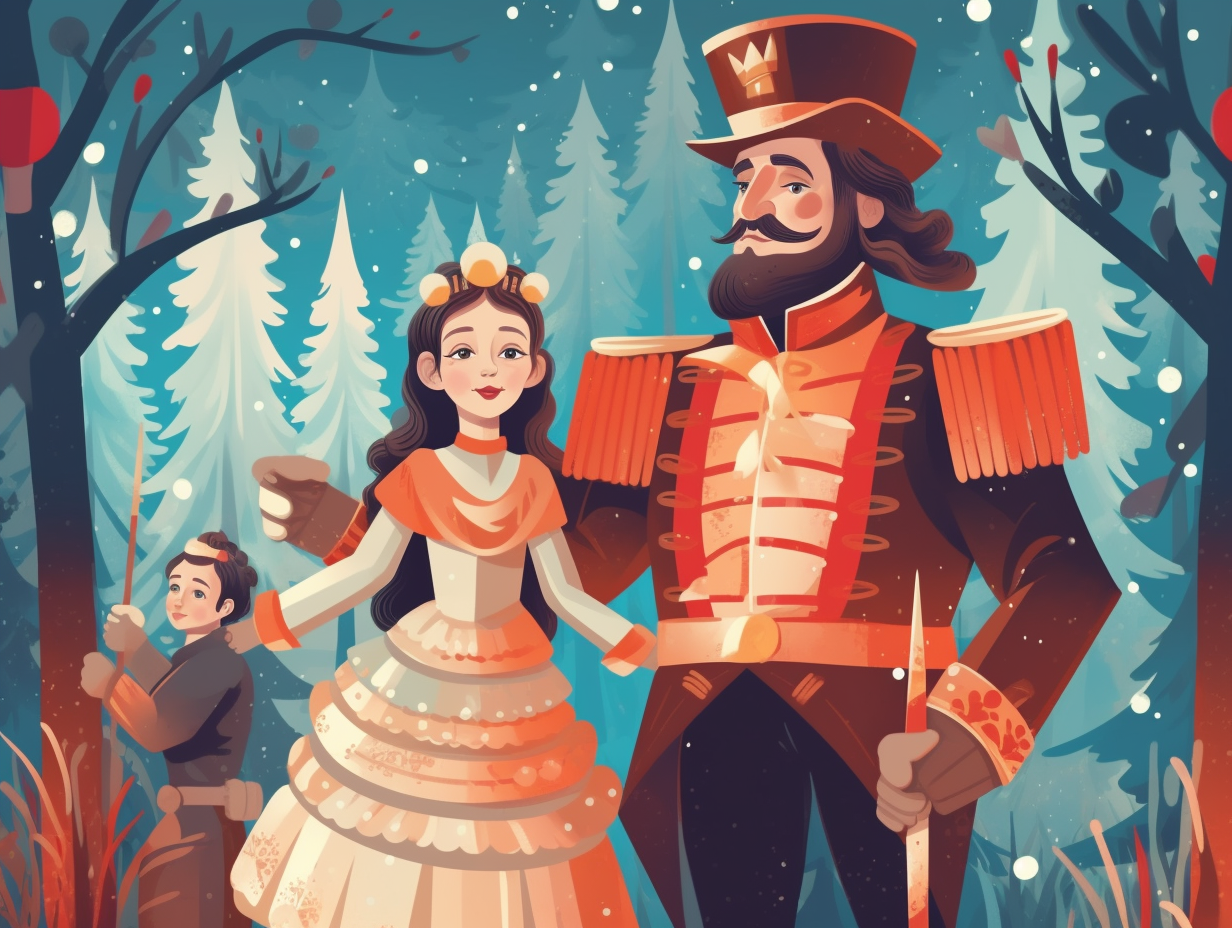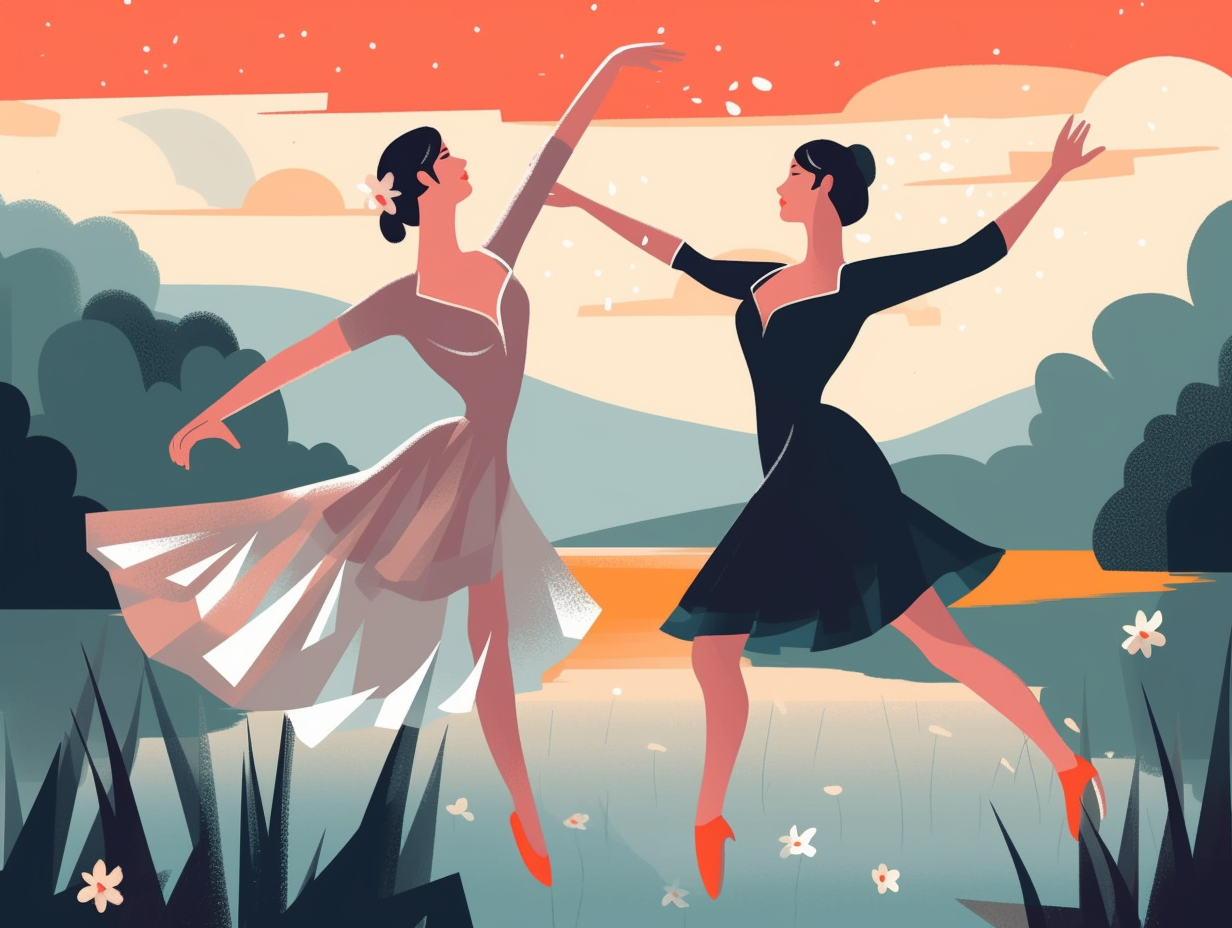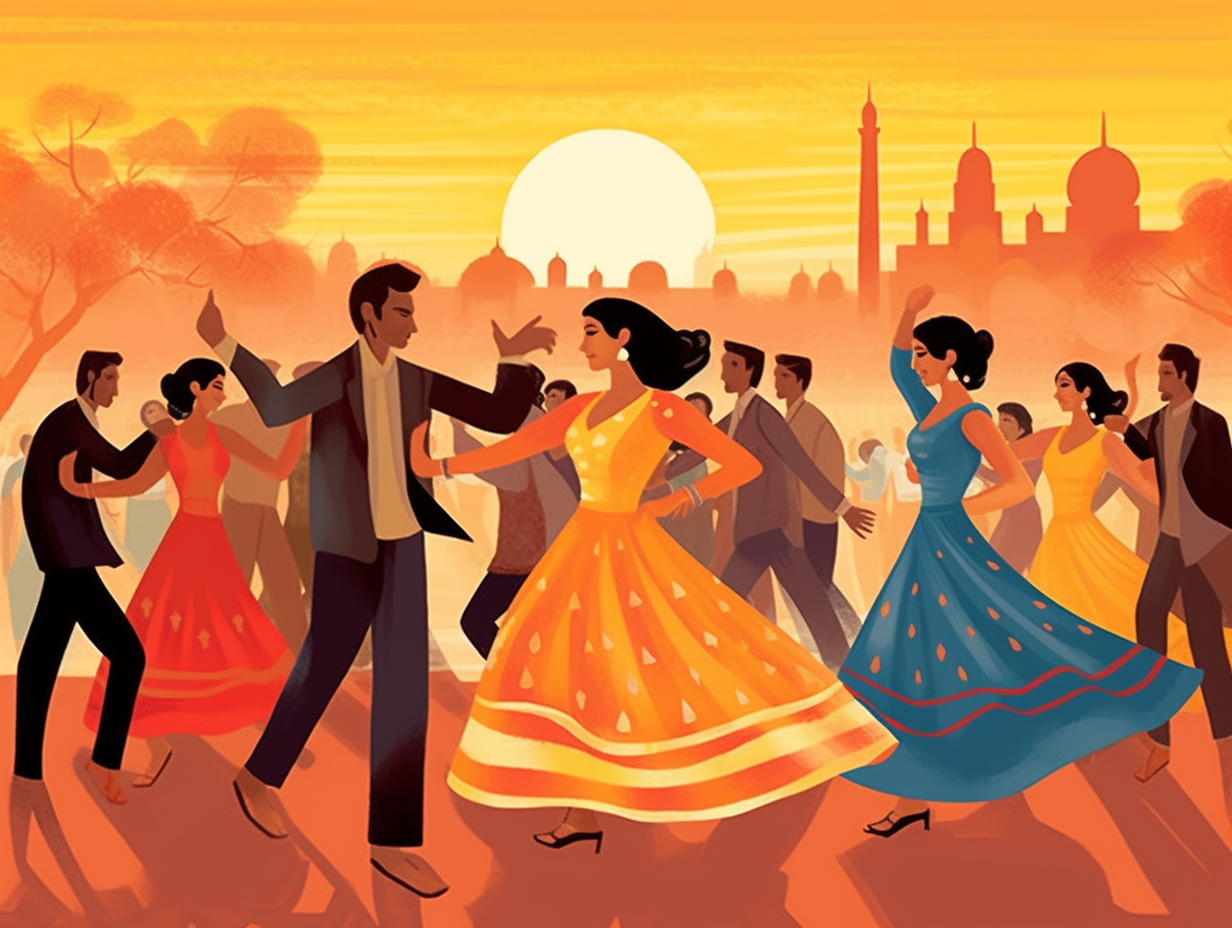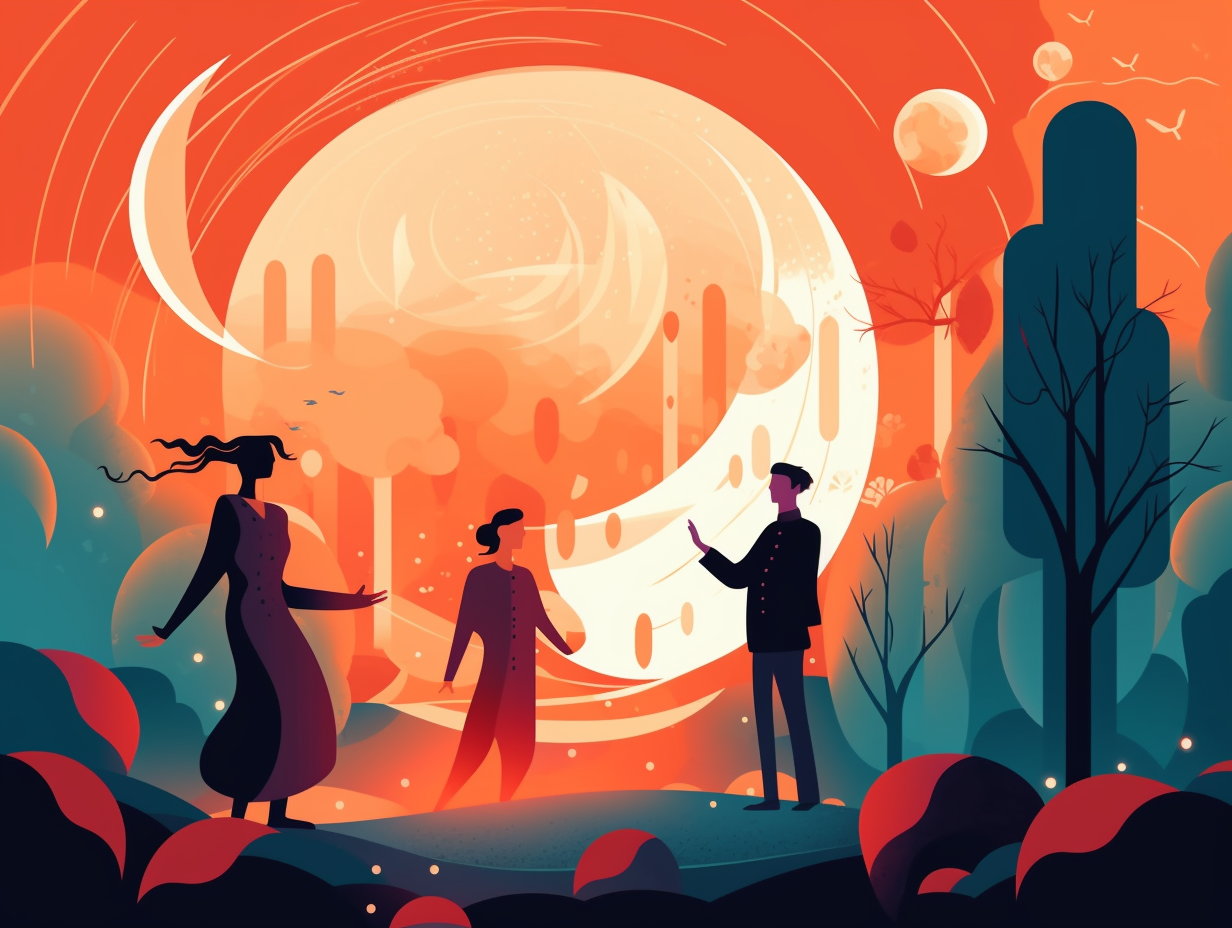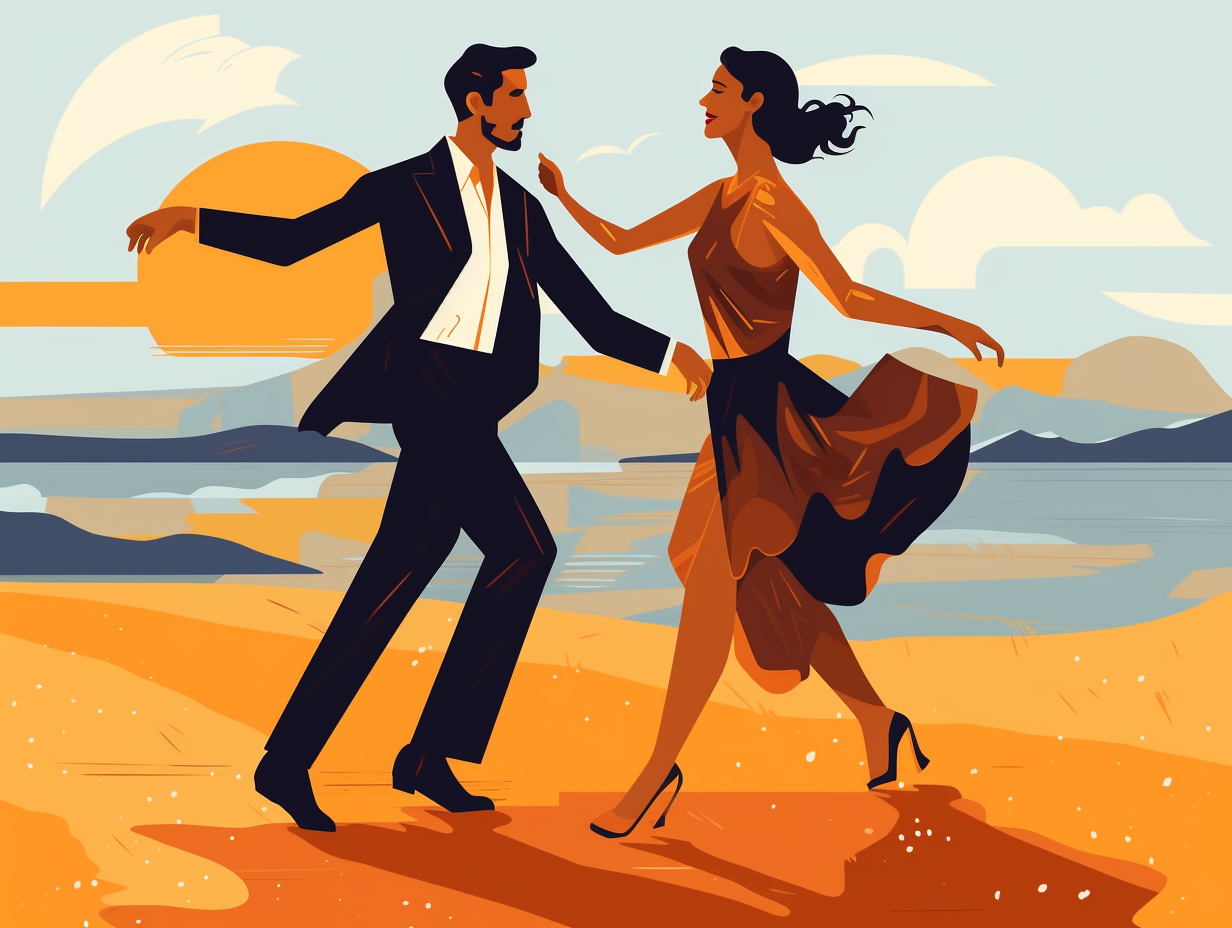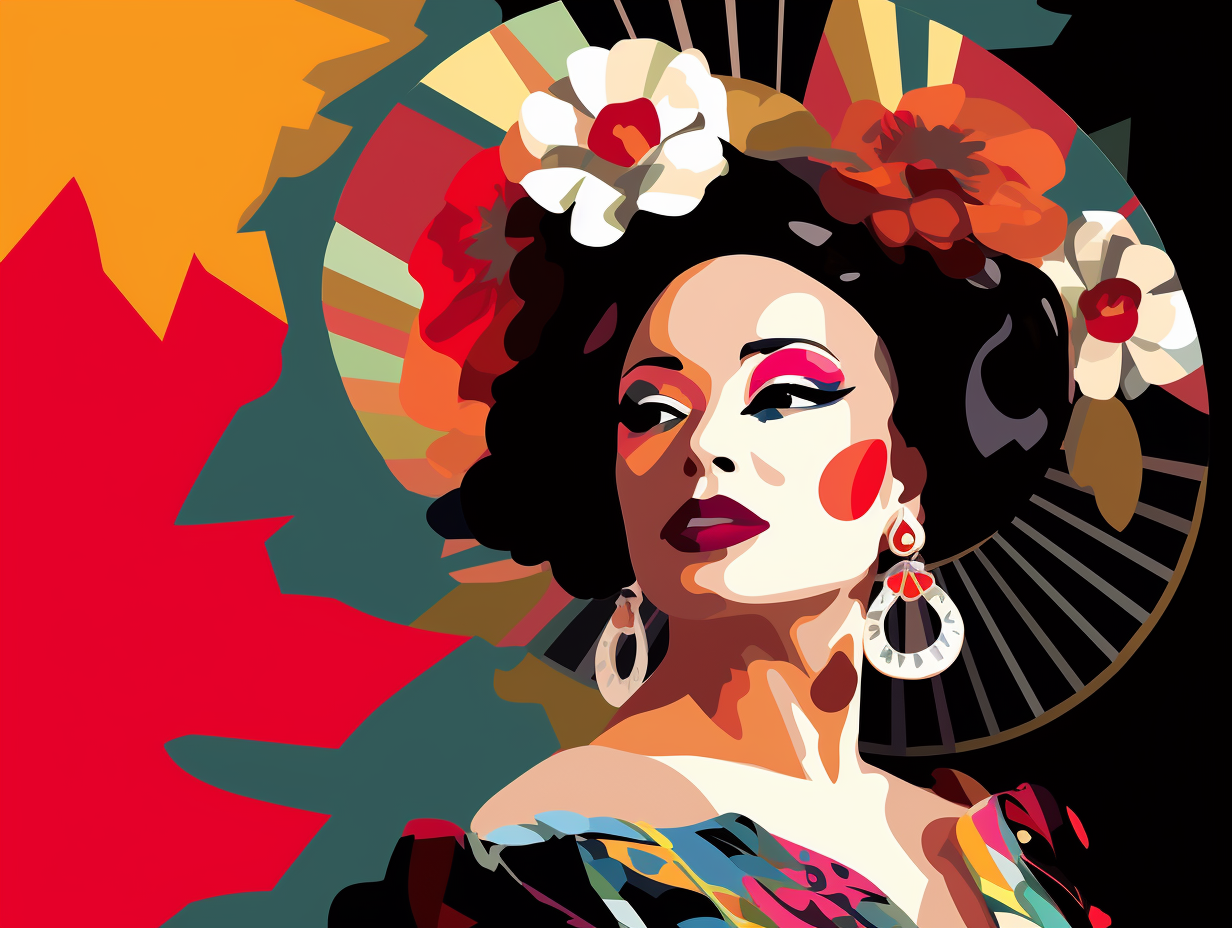Discover the Secrets: Top 13 Fun Facts About the Globe Theatre You Never Knew!
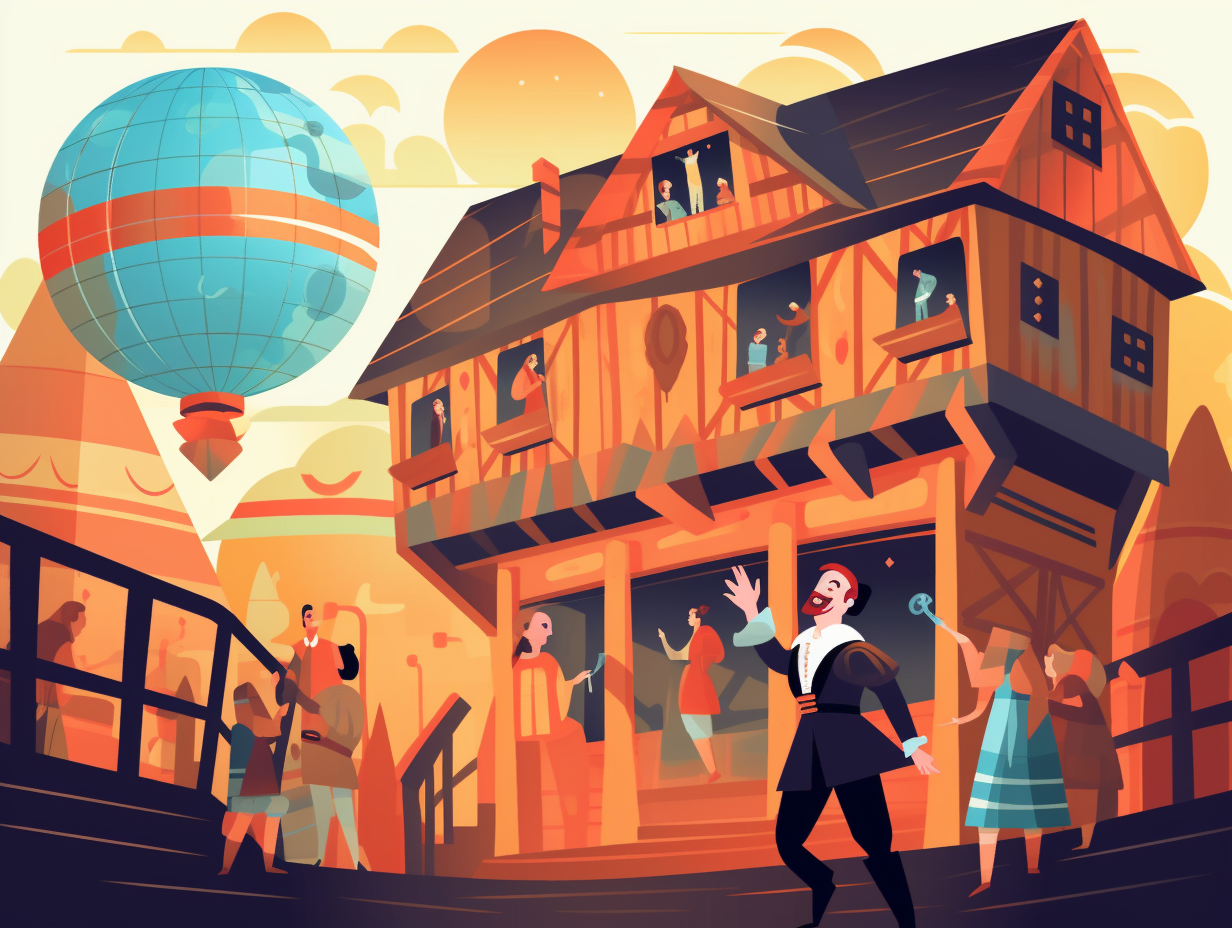
1. Penny Groundlings' Aching Feet
When Shakespeare's audience yelled "break a leg," they probably meant it literally from standing on their aching feet all day: The cheapest price for admission to the Globe Theatre was just 1 penny, allowing "groundlings" to congregate around the stage, making this legendary venue accessible to everyone.
Source => shakespearesglobe.com
2. Globe Theatre: Rising From the Ashes
When Shakespeare said, "All the world's a stage, and all the men and women merely players," he may not have predicted that at his own Globe Theatre, the stage would become a little too hot to handle: In 1613, during a production of Henry VIII, cannons fired on stage accidentally set the thatched roof ablaze, engulfing the theater in flames within an hour. But fret not, fair spectators, for the company did rise like a phoenix and rebuilt the Globe with a more fire-resistant tiled roof and fabulously upgraded decor.
Source => shakespearesglobe.com

Did you know ancient Romans used rhythmic clapping and shouting in theaters to express their political opinions? Discover how this live "poll" influenced leaders' actions!
=> Fun Facts about Theatre
3. Theatres vs. WWII Air Raids
While the show must go on, even when the bombs come down: Despite being bombed and experiencing temporary closures during the Second World War, many London theatres continued their performances, even during air raids. Places like the Windmill Theatre off Piccadilly became famous for never closing, and venues notified patrons of ongoing raids through stage signals or illuminated boxes in front of the footlights. The Liverpool Playhouse and other theaters outside London, also carried on with touring companies.
Source => operahollandpark.com
4. Behold: The Penny-Stinkers!
Ever wonder who Shakespeare's original "penny-pinching" theater critic was? Picture this: the "penny-stinkers" of the Globe Theatre, standing front and center to partake in the Bard's masterpieces, often there to jeer, rave, or just get their money's worth in Elizabethan obnoxiousness: The Globe Theatre was home to a lively, and often unruly, crowd of groundlings who paid just one penny to huddle in the uncovered pit before the stage, while the nobles sat upon the stage to flaunt their wealth, able to pay up to an exorbitant 10 times the price of the groundlings' tickets.
Source => nosweatshakespeare.com
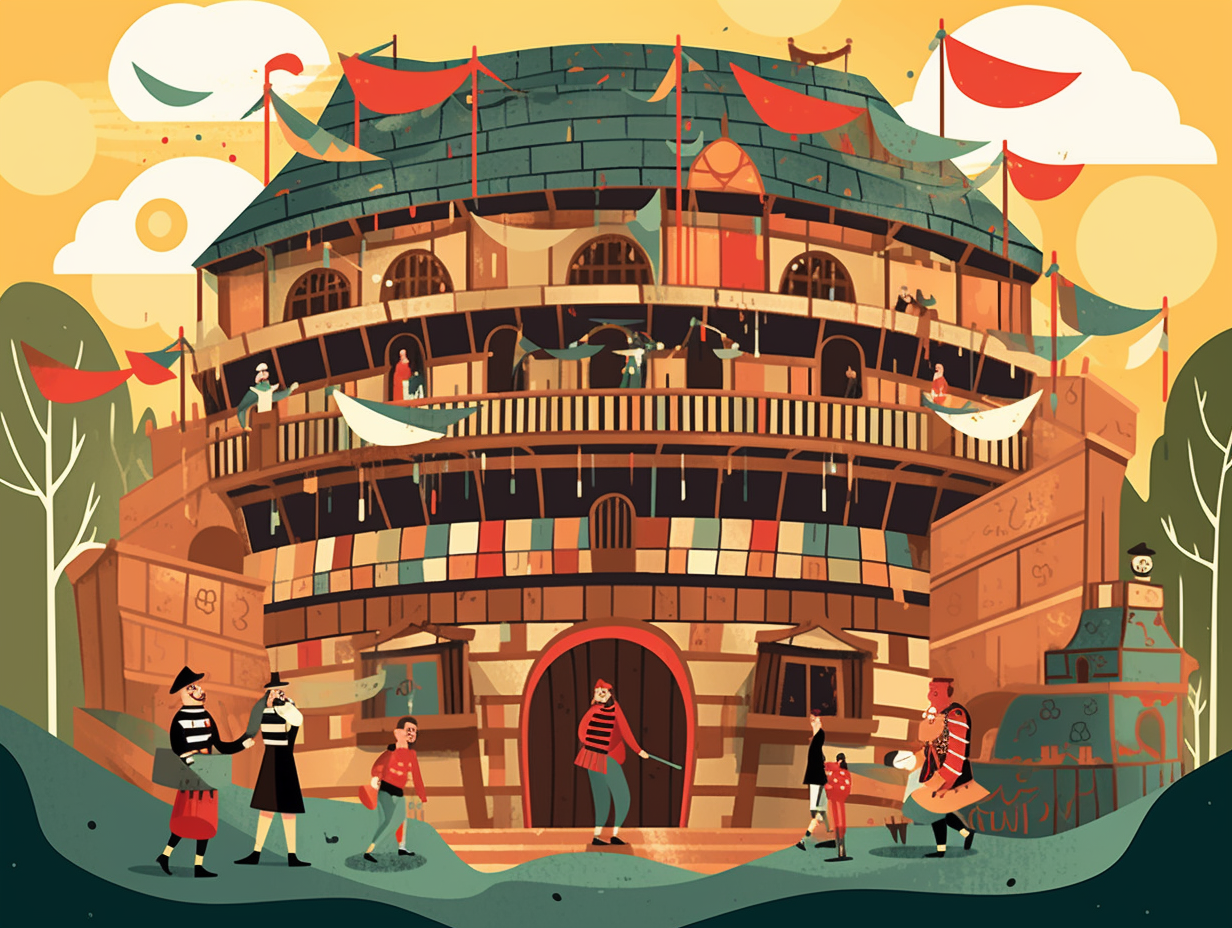
5. The Boys-Only Bard Club
Step aside, Mean Girls, there was an even more exclusive clique in town: the boys-only club of Shakespearean actors. Blink and you'll miss this ladies' night absentee list: During the time of Shakespeare, it was illegal for women to act on stage professionally until 1661, as only acting companies made up entirely of men were deemed socially legitimate to avoid threatening the gender hierarchy. Though some daring dames still managed to steal the spotlight at street performances and other notorious venues – talk about a rebel yell!
Source => writerstheatre.org
6. Globe's Thatched Roof: Lawfully Stylish
Did The Bard slip on a banana skin or was it a legal tightrope performance to allow the Globe Theatre to flaunt its thatched-roof look in the midst of London's stringent skyline? Behold the answer in yonder colon: Special permission had to be granted for the Globe Theatre to feature its iconic water-reed thatched roof due to a longstanding law that banned such roofs in the city following the Great Fire of 1666.
Source => shakespearesglobe.com
7. Candlelit Shakespeare: Before Electricity
Before Edison, there was daylight: The Globe Theatre had no fancy lighting rig, and so the performers relied on good old sunshine for afternoon shows and the warm glow of carefully arranged candles for evening performances, all to ensure the theater maintained its authentic, pre-electric charm.
Source => londonhuawiki.wpi.edu
8. London's Competitive Theatre Scene
Before Shakespeare could ever say, "All the world's a stage," he had to say, "Can someone please build me a stage?": The 16th-century Globe Theatre was not the lone source of drama in London, with popular rivals like the Rose, the Swan, and the Fortune all begging for an encore. However, the Globe took center stage with its one-of-a-kind circular shape and open-air amphitheater, accommodating as many as 3,000 theatergoers and a hundred more pigeons in a single performance.
Source => historyextra.com
9. Multiplying Globe Theatres Worldwide
The Bard may have written, "All the world's a stage," but little did he know that his own stage would multiply like rabbits across the globe: The Globe Theatre has numerous replicas and pop-up venues worldwide, recreating the authentic Shakespearean experience for future thespians and theater-goers.
Source => shakespearesglobe.com
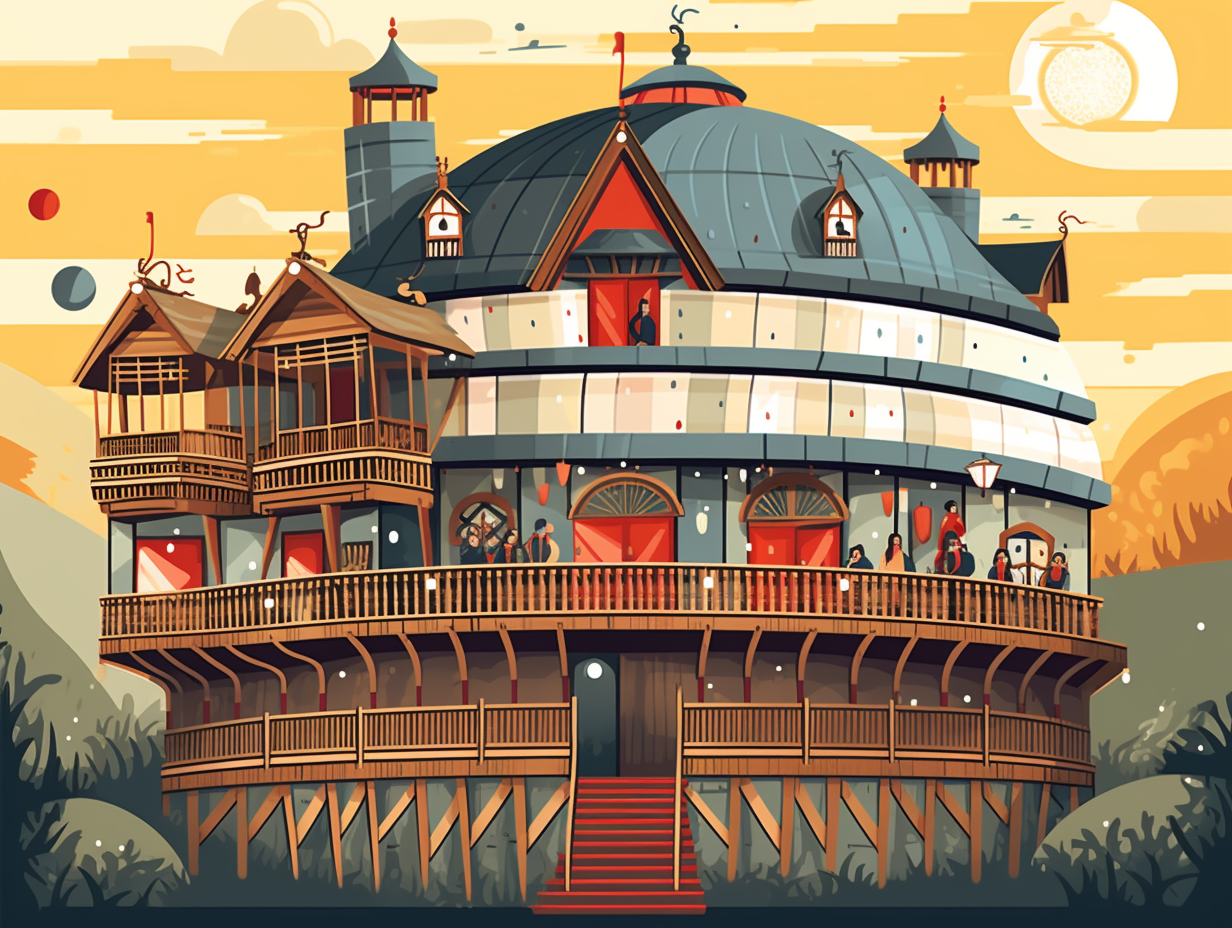
10. The Bard's Bear-Baiting Adventures
Imagine Shakespeare sneaking off for some bear-baiting between sonnets as a guilty pleasure: The Globe Theatre was actually located near other entertainment venues, like the Rose Theatre and the Beargarden, where bear-baiting and other animal sports were popular from the Elizabethan era through the English Restoration period.
Source => en.wikipedia.org
11. Stinky Shakespeare: Garlic & Beer
If you thought a night out at the Globe Theatre was a hoot, you'll be sadden to learn that not all of Shakespeare's contemporaries were swooning with delight - some thought it a veritable cesspit of live entertainment! Turn your nose as you will, but: the theatre faced complaints of smelly garlic and beer fumes, rampant pickpocketing, and magistrates even banned music due to the chaos and rowdiness it incited.
Source => shakespearesglobe.com
12. Mosh Pits: The Elizabethan Edition
Roughing it with Elizabethan groundlings: an experience that would make modern mosh-pits seem like luxury boxes in comparison, they stood in "the pit" or "the yard," exposed to the elements and packed tighter than Lady Gaga's meat dress. The upside was witnessing plays that lasted around three hours with an intermission, supplying endless amusement and content designed to entertain all social classes.
Source => nosweatshakespeare.com
13. Blackfriars Theatre: The Magical Venue
Before Hogwarts had its Great Hall, the Renaissance era had the mystifying Blackfriars Theatre: once a Dominican priory turned magical venue in London, it bewitched audiences with innovative artificial lighting and enchanting music between acts, becoming a wintertime haven for the King's Men and setting the stage for a whole new world of drama.
Source => en.wikipedia.org
Related Fun Facts

